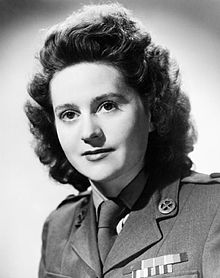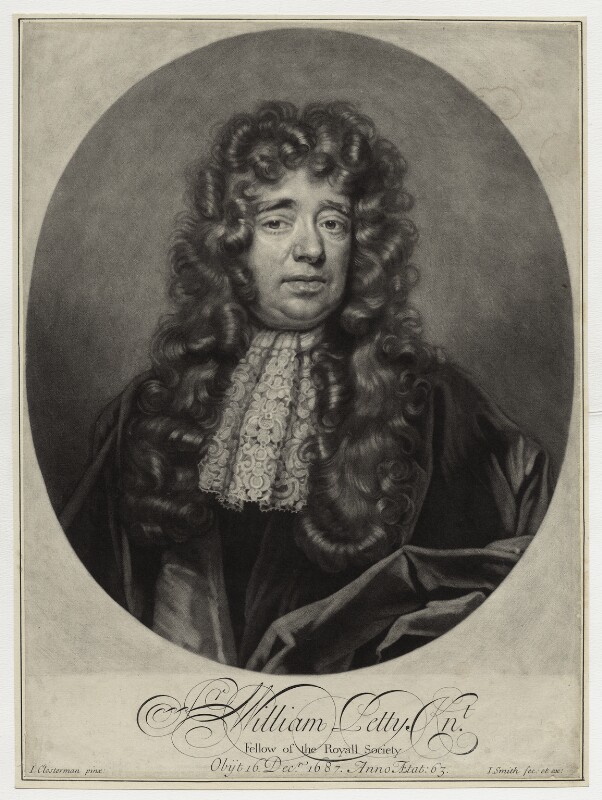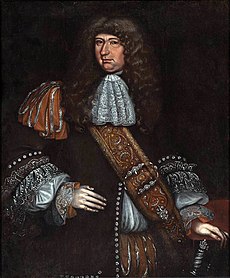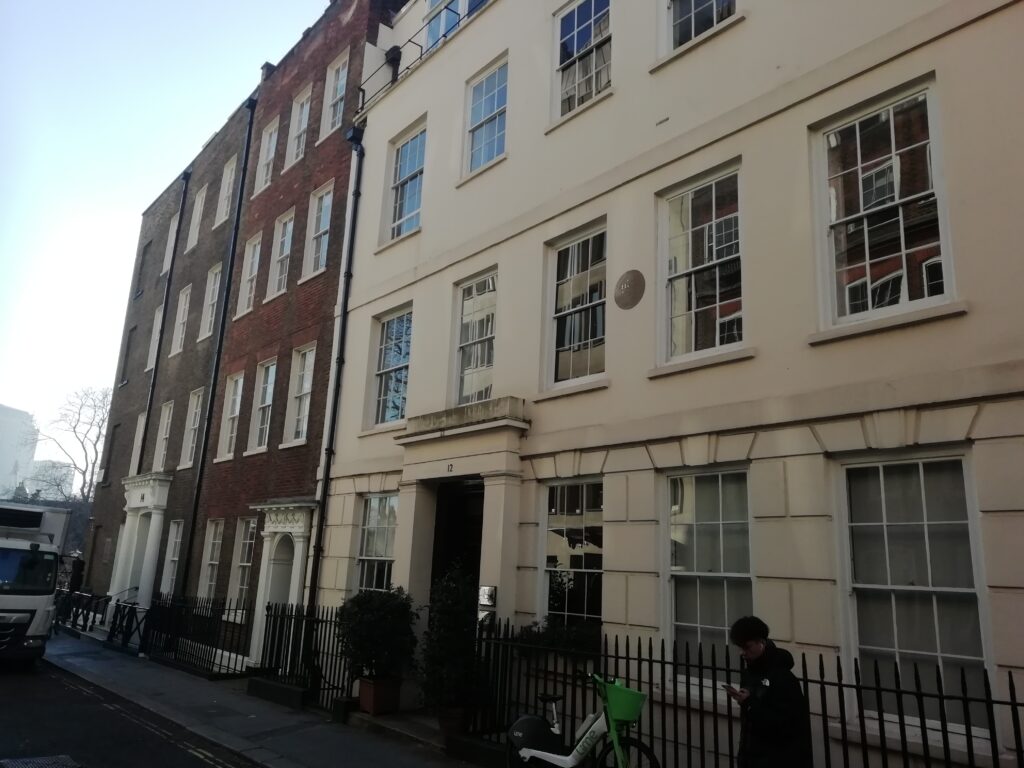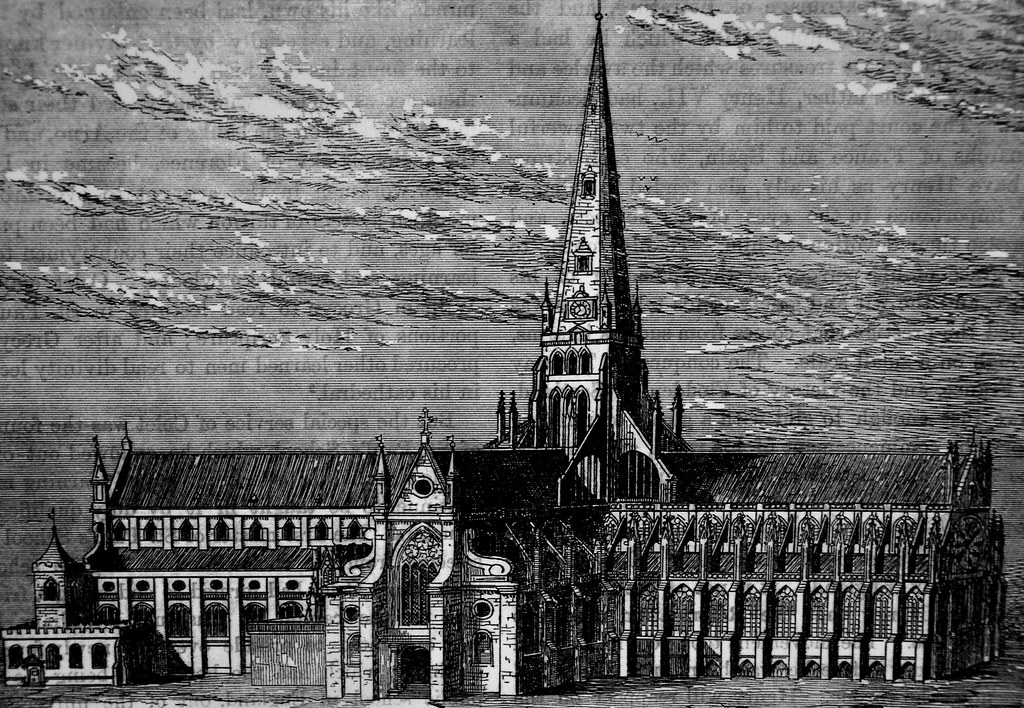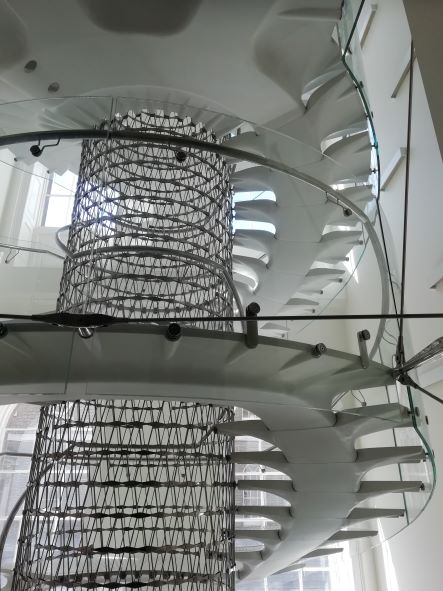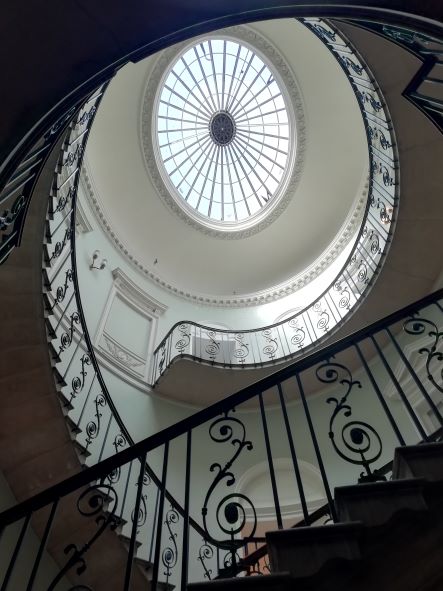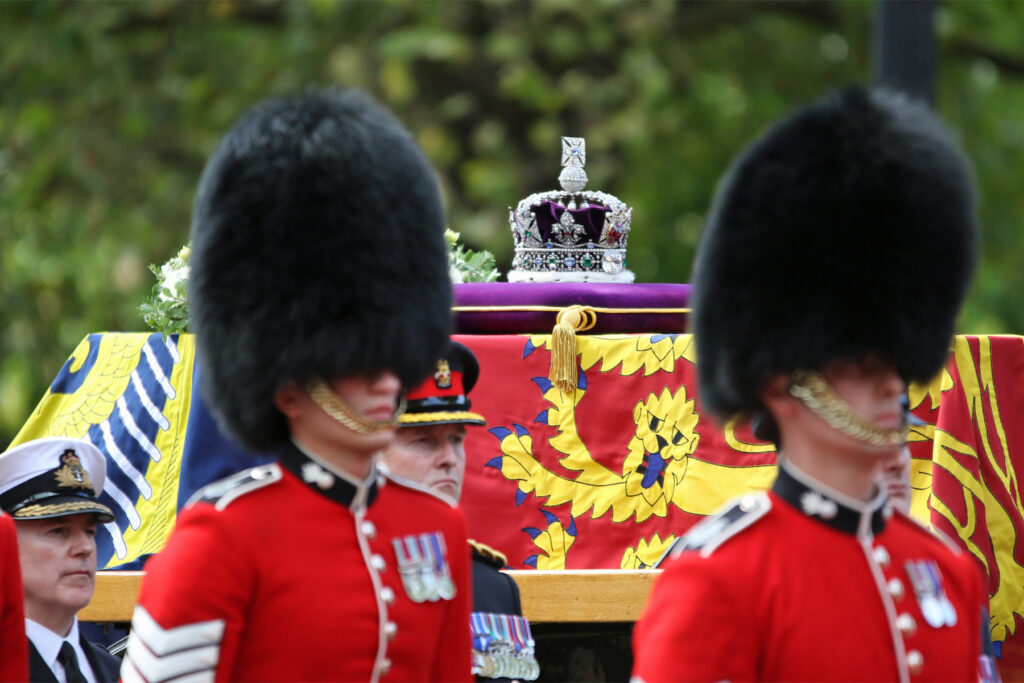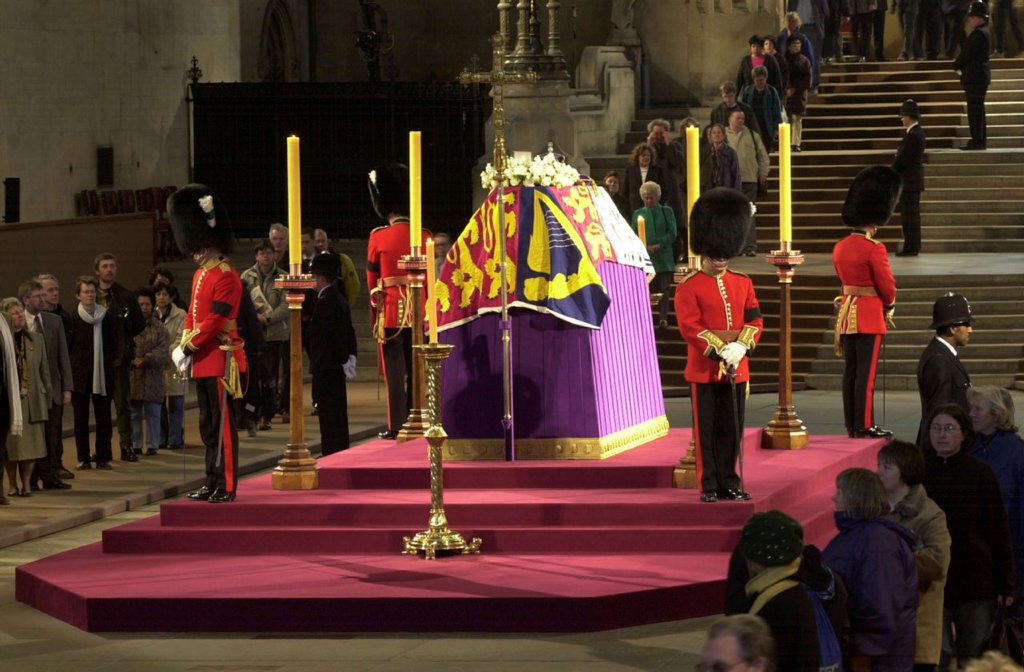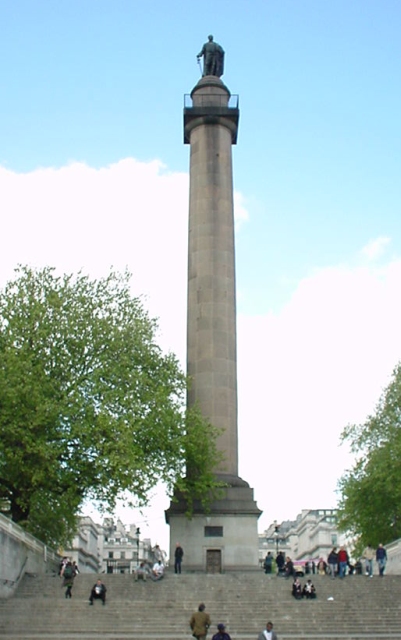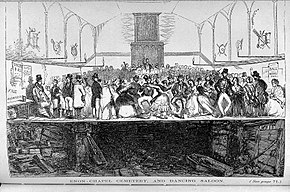
Enon chapel eventually became a dancing venue but was previously a place of worship. The ground floor was used for religious ceremonies while the vault below, separated only by the wooden floor, was used for burials, allegedly packed to the level of the floor above with thousands of coffins. It was claimed that church goers were falling sick owing to the proximity of decaying bodies and that there were bodies floating down drains into the river Thames.
Later investigation by John Snow (famous for identifying the causes of cholera) proved that the various allegations were much exaggerated but in 1847 a prominent surgeon called George ‘Graveyard’ Walker filled four large van loads of skeletons which he transferred from Enon chapel to West Norwood cemetery for burial in a huge single grave.
The building was then occupied by a theatre which advertised ‘dancing on the dead’ but it appears not all the bodies had been removed. Further transfers were required after which a different theatre moved in with a new, rather better insulated, floor.
Talking about West Norwood cemetery there was once a coffin found drifting in the river Effra towards the Thames. It was traced back to a grave in West Norwood cemetery but the relevant location was undisturbed, The coffin had seemingly dropped into the river from the grave. How many others did the same but were undiscovered, I wonder?!


